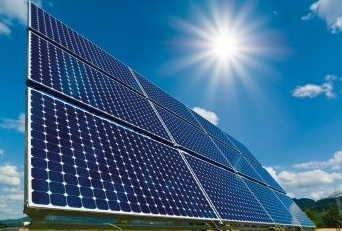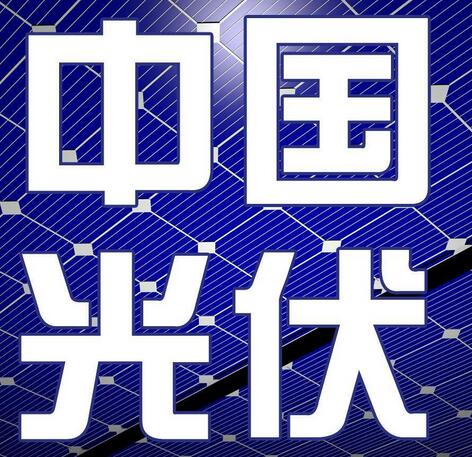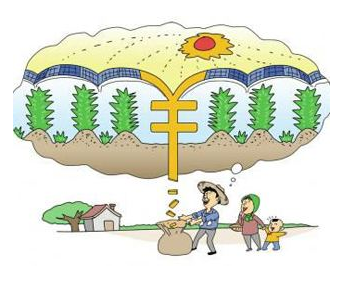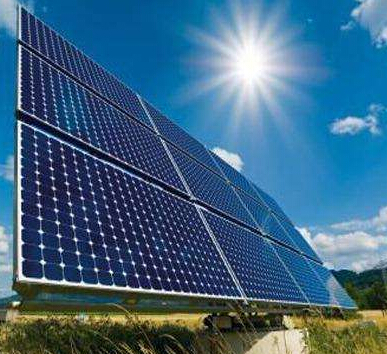In recent years, with the attention to energy consumption and environmental protection issues, China's solar photovoltaic power generation industry has shown rapid development. It has gradually formed a situation of industrialization, scale, and competition, and has improved the energy structure of our country and the clean energy system. The construction has played a positive role. From 2011 to now, China’s annual installed capacity for new photovoltaics has maintained
rapid growth, and the scale of new installed capacity has ranked first in the world.
Domestic photovoltaic market grows rapidly
According to the “Analysis Report on Photovoltaic Power Generation Market Forward-looking and Investment Strategic Planning” released by the Industrial Development Research Institute, the cumulative installed capacity of photovoltaic power generation in China was 130 million kilowatts in 2017, which accounted for 7.3% of the total power generation equipment capacity. , year-on-year increase of 2%. The share of photovoltaic power generation in total power generation increased from 1.1% in 2016 to 1.8% in 2017. The installed capacity of photovoltaic power generation was further optimized, and the proportion of distributed photovoltaics in photovoltaic installations reached 23%, an increase of 10% over the same period of last year.
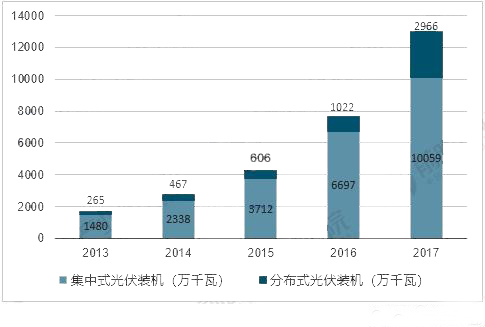
In 2017, the installed capacity of photovoltaic power generation in China achieved rapid growth, and distributed photovoltaics achieved explosive growth. In 2017, China's PV installations totaled 53.06 million kilowatts, an increase of 54% year-on-year, accounting for 40% of all new installed capacity. Among them, the growth rate of centralized PV installations slowed down, with an increase of 11% year-on-year. Distributed photovoltaics increased explosively, and new installed capacity reached 19.4 million kilowatts, an increase of 3.7 times year-on-year.
Photovoltaic inverter industry development
Photovoltaic inverter is a power electronic device connecting the solar photovoltaic panels and the grid. Its main function is to convert the direct current generated by solar panels into power grids that can be connected to the grid, which is the core equipment in solar photovoltaic power generation systems. one. The reliability and safety of photovoltaic inverters are directly related to the smooth operation of the solar power system as a whole, and its conversion efficiency directly affects the power generation efficiency of the solar photovoltaic power generation system. Its service life is directly related to the service life of the photovoltaic power generation system.
With the rapid development of photovoltaic panel technology, the price of polysilicon rapidly declines, the cost of photovoltaic power generation gradually decreases, and the capacity of photovoltaic power stations is increasing. The performance requirements, reliability requirements and stability requirements of photovoltaic power generation on inverters are gradually increasing. Under the influence of this comprehensive factor, a centralized inverter was born.
The working principle of the centralized inverter is that the solar panel converts the solar energy into direct current, merges the concentrated inverter through the combiner box, converts the direct current into alternating current, and finally merges into the grid. With the rise of emerging PV markets in China and other countries, the construction scale of large-scale ground-based photovoltaic power plants has increased rapidly. Centralized inverters have been widely used, and inverter output power is usually above 500 kW.
In recent years, photovoltaic power generation has gradually increased the requirements for power quality and power generation efficiency. The application of centralized inverters in the tracking of the maximum power point is not satisfactory, and string inverters and distributed inverters are gradually welcomed by the market. The string inverters adopt low-power design. Compared with the centralized inverter, multi-channel MPPT schemes are realized, and the system power generation efficiency is improved. The distributed photovoltaic inverter improves the MPPT control effect compared to the centralized inverter, realizes high-power power generation, improves the power generation efficiency when the construction cost is similar, and has a lower level compared to the string inverter solution. Construction costs.
PV inverter development trend
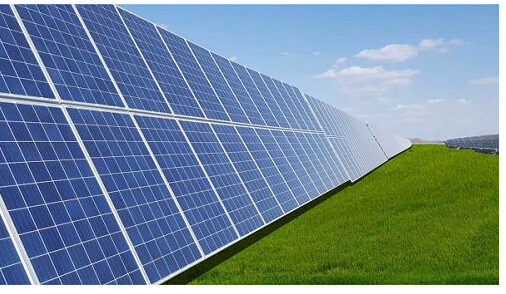
The reliability, conversion efficiency and cost of inverters are the core elements of inverter products. The future direction of photovoltaic inverters will also be centered on these three core elements, mainly towards high reliability, high conversion efficiency and low The trend of cost development. At the same time, there are also other factors that need to be considered, such as the inversion of local conditions, intelligent inverters, and integration of light and storage inverters.
Although the National Development and Reform Commission adjusts the PV benchmarking price every year according to the cost change, according to the requirements of the “13th Five-Year Plan for Electric Power Development (2016-2020)”, the installed capacity of non-petrochemical energy sources will reach 770 million kilowatts by 2020. , an increase of about 250 million kilowatts from 2015, accounting for 39%.
According to the requirements of the "13th Five-Year Plan for Solar Energy Development", by the end of 2020, photovoltaic power generation capacity will reach 105 million kilowatts or more, and a stable development scale will be maintained on a yearly basis on the basis of the "Twelve Five-Year Plan." According to the national development plan, the photovoltaic power generation industry will continue to maintain stable development in the future. At the same time, many countries around the world are also making great efforts to develop photovoltaic power generation. Correspondingly, the market demand for the company's photovoltaic inverter products will maintain steady growth in the next few years.
















 RCCN WeChat QrCode
RCCN WeChat QrCode Mobile WebSite
Mobile WebSite


